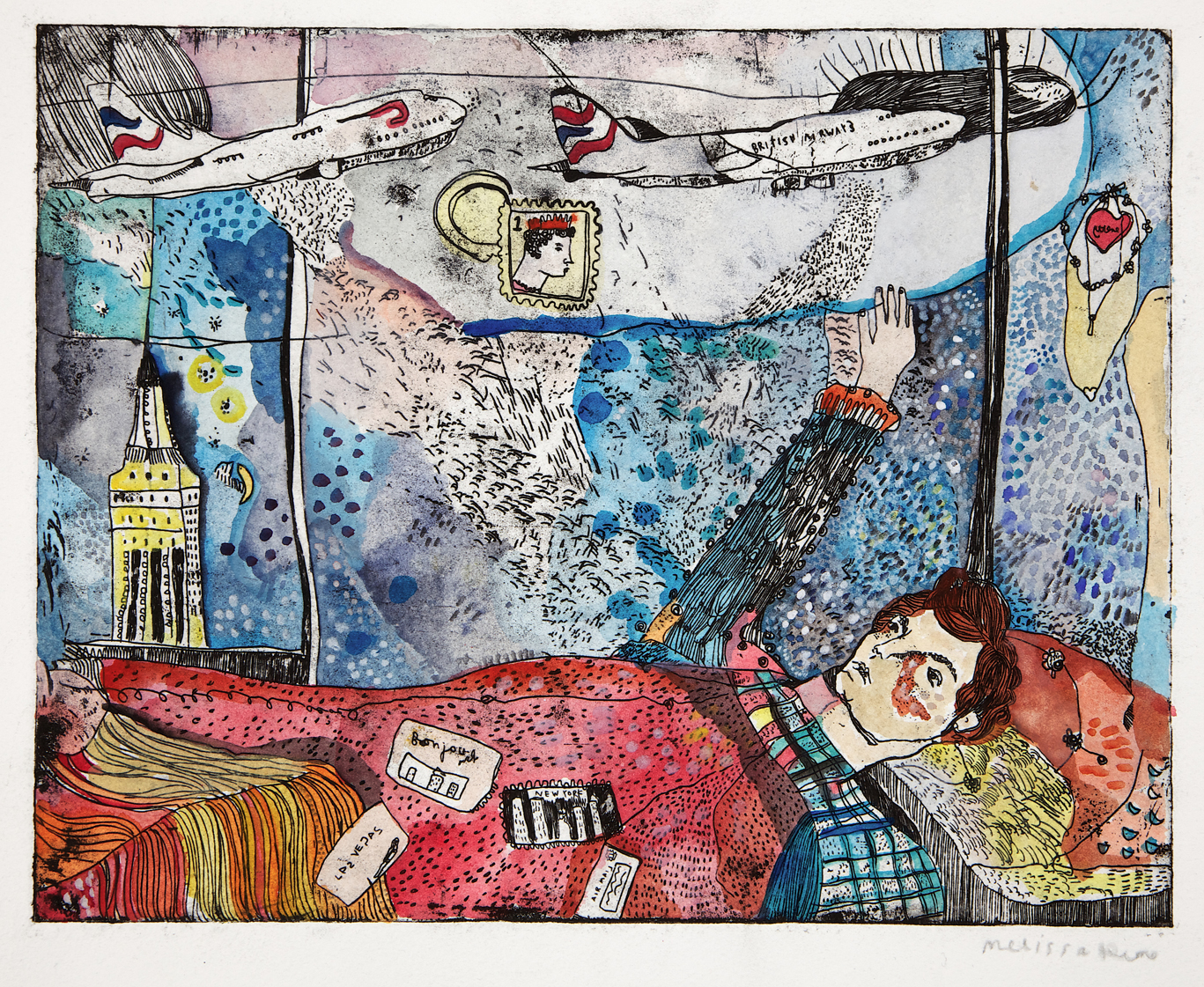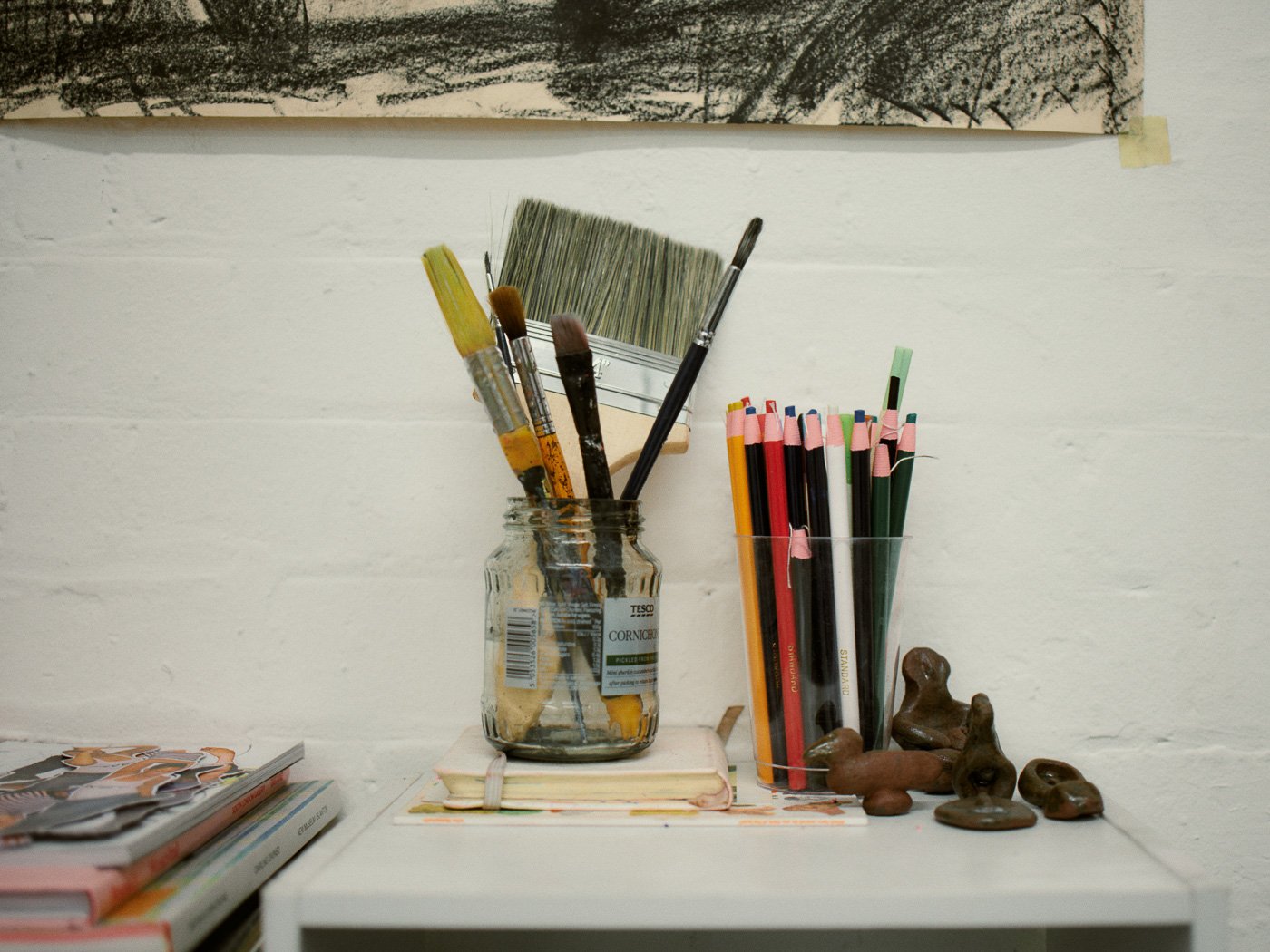Imagination and observation Drawing exercise
Designed by Catherine Goodman, Founding Artistic Director of the Royal Drawing School, this activity needs only paper, a pencil, and something to draw.
Find more drawing exercises


Where
Indoors or outdoors, somewhere you are interested in drawing
Materials
Paper, pencil and something to draw
In his book 'Poetry in the Making' (1967), the poet Ted Hughes wrote on the important connection between imagination and the physical world: 'Maybe my concern has been to capture... things which have a vivid life of their own, outside mine.'
While this connection informed his process as a writer, the same can also be said of drawing imaginatively. This exercise uses observational drawing as the starting point from which to develop your imaginative drawing skills.
 Perienne Christian
Perienne Christian
As I walked out one evening, pencil and watercolour on paper, 2017
Part One: Observational Drawing
- Select a scene you can draw from life — this could be: an interior or exterior space, a cityscape or landscape, a view from inside a room, outside a window, or in the open air. Pick something that genuinely interests you, but try not to imagine how the piece might develop later.
- Take your time to look closely at your subject and focus on careful observation rather than rushing. Engage fully with what is in front of you.
Part Two: Imaginative Development
- Now, look at your observational drawing and begin to re-draw it, using your imagination to add new elements. Don’t second-guess or edit yourself — trust where your mind leads. You can either:
- Re-draw the scene several times, each time adding a different imaginative element, or;
- Add multiple imaginative elements into a single version of the drawing.
- Try any or all of the following, in any order: Add people: Re-draw your scene with one or more figures inhabiting it. Add objects: Draw the scene again, adding inanimate objects. These can be any scale or orientation. Add animals: Introduce animals into the composition.
- Repeat the drawing process as many times as you like and focus on drawing freely, without self-consciousness. Allow your imagination to shape each version.
- Spend around an hour on the exercise, then leave the drawings for a while, then revisit them. Keep the versions that feel alive or interesting. Discard the rest.
Featured artwork:
Melissa Kimes, 'Untitled', etching, 2012